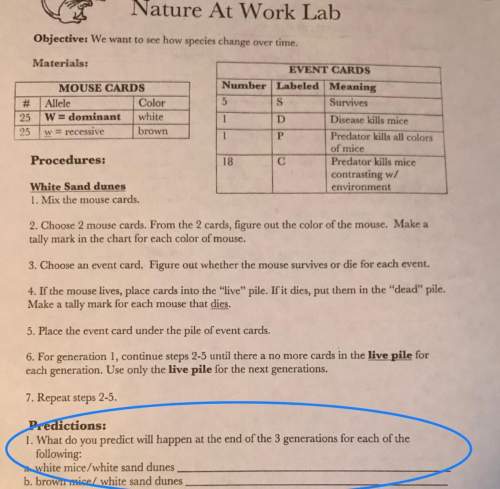
J. f., a 67-year-old woman, was involved in an auto accident and flown by emergency helicopter to your facility. shesustained a ruptured spleen, fractured pelvis, and compound fractures of the left femur. on admission (5 days ago) sheunderwent a splenectomy. her pelvis was stabilized with an external fixation device 3 days ago, and, yesterday, her leftfemur was stabilized using balanced suspension with skeletal traction. she has a thomas splint with a pearson attachmenton her left leg. she has 20 pounds of skeletal traction and 5 pounds applied to the balanced suspension. her left femur iselevated off the bed at approximately 45 degrees. the lower leg is parallel to the bed and lies in a sling that the nurseadjusts on the frame, and the foot hangs freely. this morning, j. f. was transferred to your orthopedic unit for specializedcare. you are the nurse assigned to care for her on the night shiftyou perform a neurovascular assessment and note the following findings: left foot pale, temperature slightly cooler thanright foot. right foot color pink. capillary refill less than 3 seconds on both sides. edema +1 on left foot and lower leg; noedema on right leg. dorsalis pedis palpable on both feet. sensation equal on both sides. able to dorsiflex feet and rotateankles freely. rates pain in left femur as a 5 out of 10.your institution uses electronic charting. based on the assessment in the previous paragraph, which of the followingsystems would you mark as 'abnormal" as you document the neurovascular assessment? for abnormal findings provide abrief narrative note. x abnormalskin color: skin temperature: capillary refill: edema: peripheral pulses: sensation: motor function: pain:

Answers: 2
Another question on Biology

Biology, 21.06.2019 18:50
Which of these organisms have the greatest amount of cell specialized
Answers: 2

Biology, 22.06.2019 01:20
Which of the following is not considered an appendage of the skin? nails glands follicles none of the above
Answers: 2

Biology, 22.06.2019 03:30
Rease is an enzyme used by plants to break down urea (a nitrogen-containing compound) into carbon dioxide and ammonia. urease urea > > > carbon dioxide and ammonia ammonia is broken down by plants into a nitrogen source plants need to grow. thus, plants could not use urea as a nitrogen source unless it was first converted to ammonia. in soybean plants there are two different kinds of urease, one produced in the seeds and the other produced in the leaves of the plant. three types of soybean plants were used in a set of experiments: normal soybeans and two mutant strains, one lacking the urease in the seeds only (strain 1) and one lacking urease in the leaves only (strain 2). experiment 1 separate areas in a field were planted with normal, strain 1, and strain 2 soybeans. all types of soybeans appeared to grow, flower, and produce seeds equally well. there were no externally detectable differences among the strains. experiment 2 small pieces of plant leaves of equal weight were obtained from each type of soybean plant and separately placed on media in culture dishes. tissue growing in this way will become an unorganized clump of cells referred to as callus. to provide a controlled nitrogen source, half the tissue samples of each type were placed on media containing urea, and the other half of the samples were placed on media containing ammonia. after 30 days, the weight gain for each of the callus samples was determined. results are shown in the table below.
Answers: 2

Biology, 22.06.2019 11:00
1. which of the following transport mechanisms utilizes energy? a. osmosis b. diffusion c. facilitated diffusion d. endocytosis
Answers: 1
You know the right answer?
J. f., a 67-year-old woman, was involved in an auto accident and flown by emergency helicopter to you...
Questions

Mathematics, 16.02.2021 01:50

Mathematics, 16.02.2021 01:50

Mathematics, 16.02.2021 01:50



Business, 16.02.2021 01:50

Computers and Technology, 16.02.2021 01:50

Social Studies, 16.02.2021 01:50

Mathematics, 16.02.2021 01:50

English, 16.02.2021 01:50



Mathematics, 16.02.2021 01:50

Mathematics, 16.02.2021 01:50

History, 16.02.2021 01:50

Mathematics, 16.02.2021 01:50


English, 16.02.2021 01:50

English, 16.02.2021 01:50

Biology, 16.02.2021 01:50




